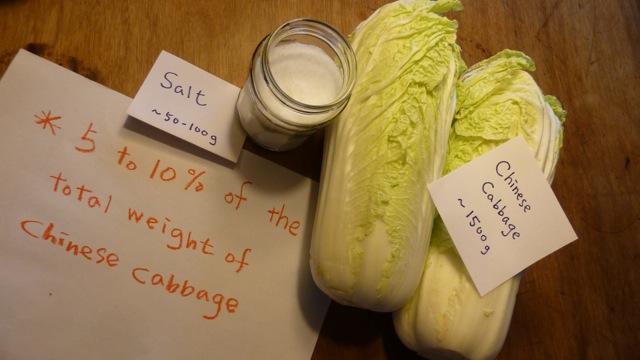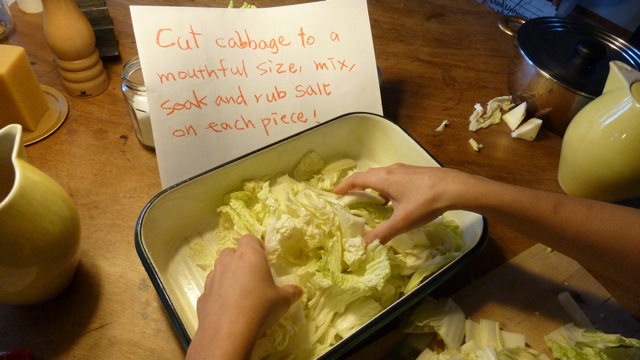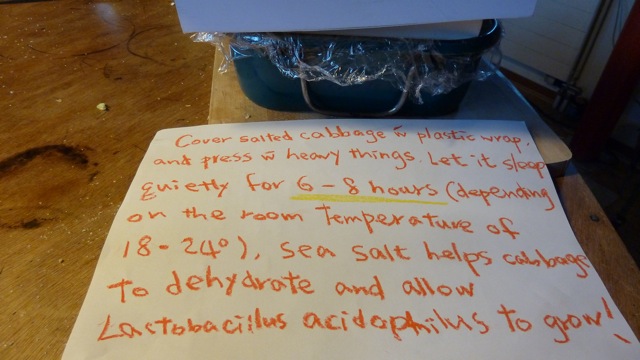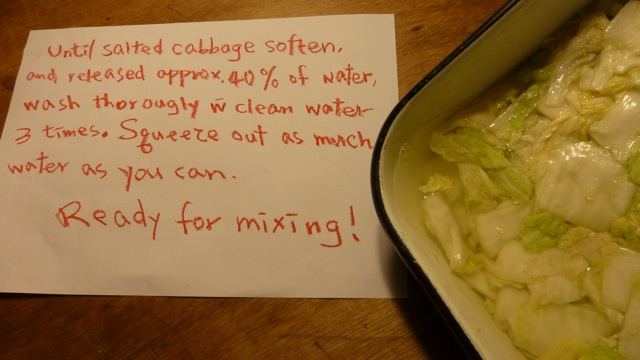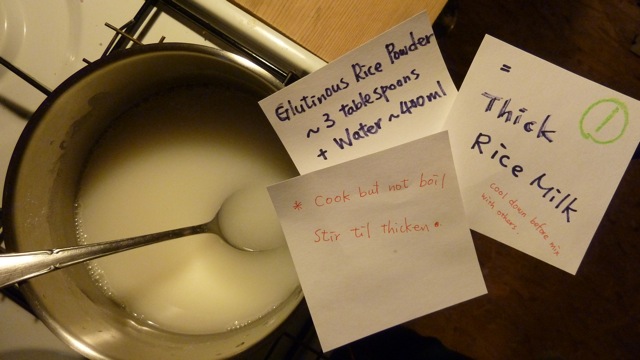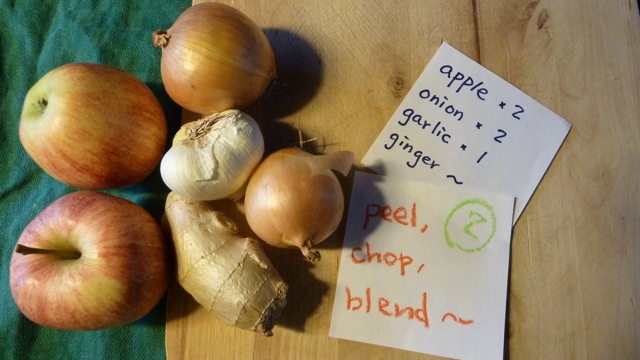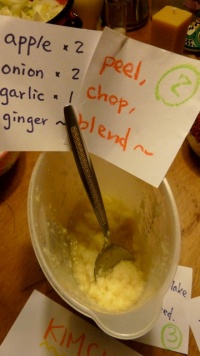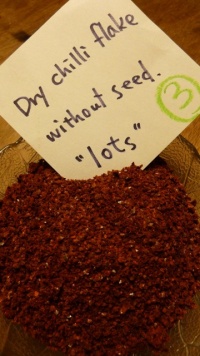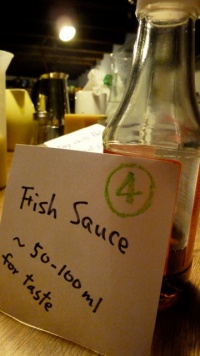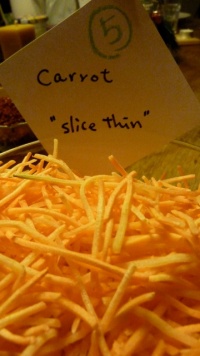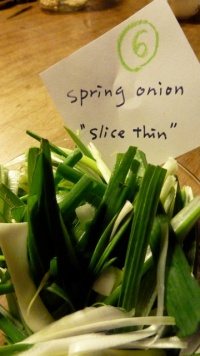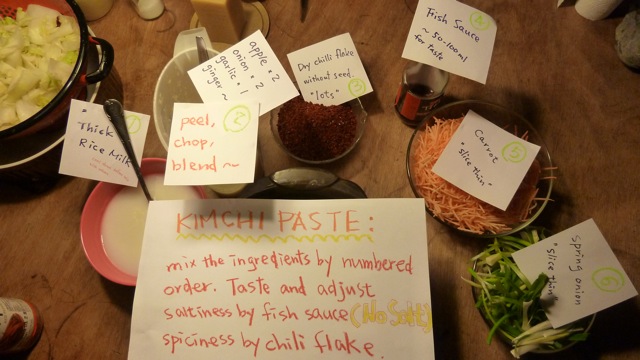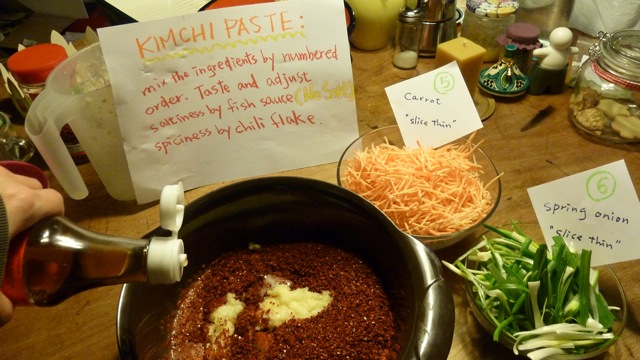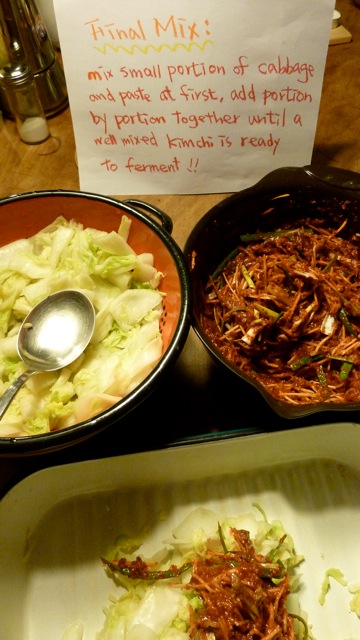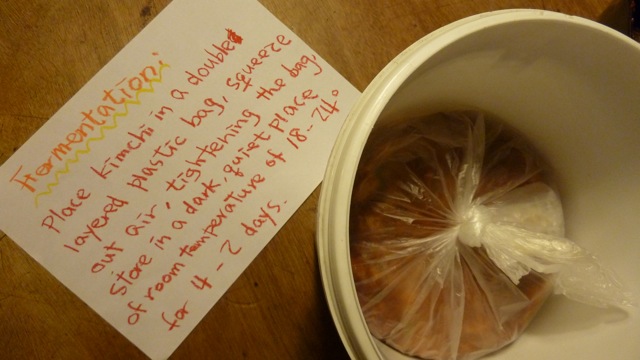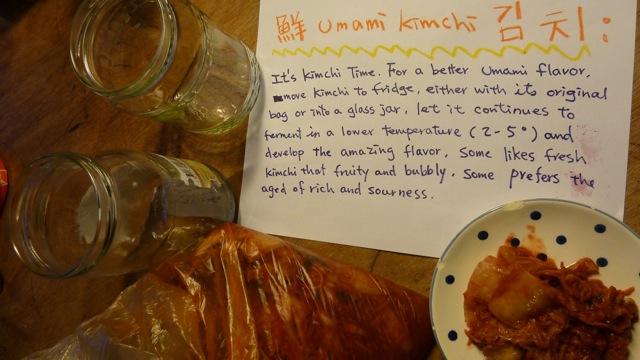KIMCHI or the Art of Fermentation
Copper-Kimchi, Bioartsociety, Helsinki, Aug 2017
As part of the new DIYBio network in the Nordic and Baltic region the Bioartsociety organizes the network kickoff with a workshop by Andrew Gryf Paterson from 29th to 31st of August at TEMPORARY in Helsinki. The workshop is also a partner event with the Arts in the Environment Nordic Symposium taking place from August 31 – September 2, 2017 at various venues across Helsinki.
A Series of Copper-Kimchi (김치) / Cu(I)O/C6H10CuO6 Portraits in the Bio-Commons Landscape
CopperKimchi notes
from piratepad
Making Kimchi
(Potential discussion re: knowledge & cultural commons (growing and fermentation traditions), raw or fermented food industry, fairtrade or ecological practices, agricultural commons in developing world context, transcultural & transnational exchange)
Lactobacillus is the bacterial that helps produce lactic acid from carbohydrates in an anaerobic (without oxygen) environment.
Korean cookbooks & kimchi recipes
Chang Sun-Young (1997). Korean Mothers Cooking Notes. https://www.amazon.com/Korean-Mothers-Cooking-Notes/dp/8973002996?tag=aboutcom02thespruce-20&ascsubtag=2118757%7C%7C%7C%7C85%2C31%2C33%2C55%2C63%7C1%7C
Academic article about the above book..
HOJIN SONG (2016). A Korean Mother’s Cooking Notes: Maintaining South Korean Cooking and Domestic Gender Ideals in Glocal Influences. http://ijoc.org/index.php/ijoc/article/viewFile/4084/1599
General fermentation books
Frederic, M-C. (2014). Ni Cru Ni Cuit: Histoire et civilisation d'aliment fermente. Alma Editeur http://www.dumieletdusel.com/ https://www.amazon.fr/Ni-cru-cuit-Marie-claire-Frederic/dp/2362791076
Farnworth, E. R., ed. (2008) Handbook of Fermented Functional Foods. http://books.google.fr/books?id=gpcXqE-j6gEC&pg=395&hl=en#v=onepage&q&f=false
Jörgensen, A. (1893). Micro-organisms and fermentation https://archive.org/details/microorganismsfe00jorg
Katz, Sandor, E. (2003, 2nd ed. 2016). Wild Fermentation. Vermont: Chelsea-Green Publishing http://www.wildfermentation.com/wild-fermentation/ https://archive.org/details/WildFermentation_874
Katz, Sandor, E. (2012). The Art of Fermentation. Vermont: Chelsea-Green Publishing http://www.wildfermentation.com/the-art-of-fermentation/ "The Art of Fermentation" 04-02-2012 Lecture: https://www.youtube.com/watch?v=kmDtbvRZnw4
Mollisen, B. (1993). The Permaculture Book of Ferment and Human Nutrition. http://www.amazon.com/Permaculture-Book-Ferment-Human-Nutrition/dp/0908228066/ref=pd_sim_sbs_b_2?ie=UTF8&refRID=1GWARW7S4A6P6R9YH097
Schützenberger, P. (1876). On fermentation. https://archive.org/details/fermentation00schrich https://archive.org/details/onfermentation01schgoog
Steinkraus, K. (1995). Handbook of indigenous fermented foods. http://www.amazon.com/Handbook-Indigenous-Fermented-Expanded-Technology/dp/0824793528/ref=oosr
Cabañero Gutiérrez, J. L. (2017). Remembering the future: The role of fermentation techniques in modern gastronomy https://www.amazon.com/Remembering-future-fermentation-techniques-gastronomy-ebook/dp/B01MZAHK9S/
Making Felt-balls
Potential discussion re: biophysical energy commons, animal products..
Felt, discussed in Deleuz and Guattari's The Smooth and The Striated from One Thousand Plateau. http://topologicalmedialab.net/xinwei/classes/readings/DeleuzeGuattari/1000Plateaus14SS.pdf
World’s First Parasitoid Wasp with the Ability to Felt Discovered in Finland https://www.utu.fi/en/news/news/Pages/World%E2%80%99s-First-Parasitoid-Wasp-with-the-Ability-to-Felt-Discovered-in-Finland.aspx
Making arrangements with Copper
Potential discussion re: about metallic commons, and copper-based chemical compounds.
Copper and lactic acid
Copper Binding by Lactic Acid Bacteria (LAB) https://www.jstage.jst.go.jp/article/bifidus/28/1/28_1_1/_pdf
Lactic acid bacteria and metal ions https://hal.archives-ouvertes.fr/hal-00929154
Synergistic effect of copper and lactic acid against Salmonella and Escherichia coli O157:H7: A review http://www.ejmanager.com/mnstemps/137/10592-29421-1-PB.pdf
Antimicrobial activity of lactic acid and copper on growth of Salmonella and Escherichia coli O157:H7 in laboratory medium and carrot juice http://sci-hub.ac/10.1016/j.foodchem.2007.12.035
The Effect of Copper upon the Activity of Bacteria Associated with Swiss Cheese Manufacture http://sci-hub.ac/10.3168/jds.S0022-0302(52)93778-8
Fattening turkeys with the addition of lactic acid and copper http://www.tandfonline.com/doi/pdf/10.1080/09712119.2016.1232654
,
Copper Lactate (C3H5CuO) https://pubchem.ncbi.nlm.nih.gov/compound/13145 https://toxnet.nlm.nih.gov/cgi-bin/sis/search2/r?dbs+hsdb:@term+@rn+@rel+814-81-3 http://www.chemspider.com/Chemical-Structure.7988573.html
https://ru.wikipedia.org/wiki/%D0%9B%D0%B0%D0%BA%D1%82%D0%B0%D1%82_%D0%BC%D0%B5%D0%B4%D0%B8(II)
an inorganic compound, a salt of copper and lactic acid with the formula Cu (C 3 H 5 O 3 ) 2 , dissolves in water, forms crystalline hydrates - dark blue crystals.
applications.. In electroplating . Fungicide . Antiseptic for wood, ropes, fabrics.
Making Inks
Potential discussion re: knowledge & cultural commons (natural and synthetic dyeing traditions), Processed food industry, fair-trade or ecological practices, compound minerals, biochemical commons in developing world context, transcultural & transmaterial exchange
Toronto Ink Company https://www.instagram.com/torontoinkcompany/
Pili natural ink company http://www.pili.bio/
...
The Recipes Project: Ink
http://recipes.hypotheses.org/?s=ink
http://recipes.hypotheses.org/
Making natural ink from iron & oak apples (in finnish)..
Musta muste valmistetaan mustasta tanniinia sisältävästä pigmentistä. Tanniini ehkäisee musteen haalistumisen. Mustaa pigmenttiä on tammen väriomenissa (joita syntyy tammenlehdissä) sekä kanukan, lepän ja oratuomen kuoressa. Punaista mustetta voit valmistaa unikon terälehdistä seuraavan sivun ohjeen mukaan. Vaihteeksi voit hajustaa musteen hyvältä tuoksuvalla yrttiliuoksella.
__Hajustettu väriomenamuste__
250g murskattua väriomenaa 2,25 l kiehuvaa vettä tai yrttikeitettä muutama tippa haihtuvaa öljyä muutama tippa saksankirveli-tinktuuraa 45g arabikumia 80g rautavihtrilliä (rautasulfaattia)
1. Liota väriomenia vedessä vuorokauden ajan. Siivillöi. 2. Sekoita haihtuva öljy saksankirvelitinktuuraan ja lisää arabikumi 3. Hämmennä seos rautavihtrillin kanssa väriomena-liuokseen. Pullota ja liimaa nimilaput.
http://www.coloria.net/varjays/quercus.htm https://fi.wikipedia.org/wiki/Äkämä https://en.wikipedia.org/wiki/Oak_apple
Ref: Bremness, L. (1998). Monipuoliset Yrtit. Helsinki: WSOY.. Trans. of Bremness, L. (1988). The Complete Book of Herbs. London: Dorling Kindersley Ltd.
Kimchi Sessions by Pei
How does KIMCHI come about?
KIMCHI is the Korean name for pickles, any kinds of pickle. The most common and popular one is the cabbage pickle, also known as "Baechu Kimchi". And it has been named for one of the healthiest food among Olive Oil, Soy Bean, Yogurt and Lentil.
During the fermentation process, Lactobacillus also help the cabbage to develop a delicious flavor known as 旨味 Umami in Japanese or 鮮味 XianWei in Chinese.
The Basics
~ 6 to 8 hours later ~
The Ingredients
The Paste, Mix & 1st Fermentation
2nd Fermentation
It's nearly a done-done Kimchi.....
Enjoy all stages of KIMCHI, eat it solo, in soup with or without noodle/rice, pancake, stir fired with seafoodPei 15:45, 6 February 2013 (UTC) yummmmm15:45, 6 February 2013 (UTC)
